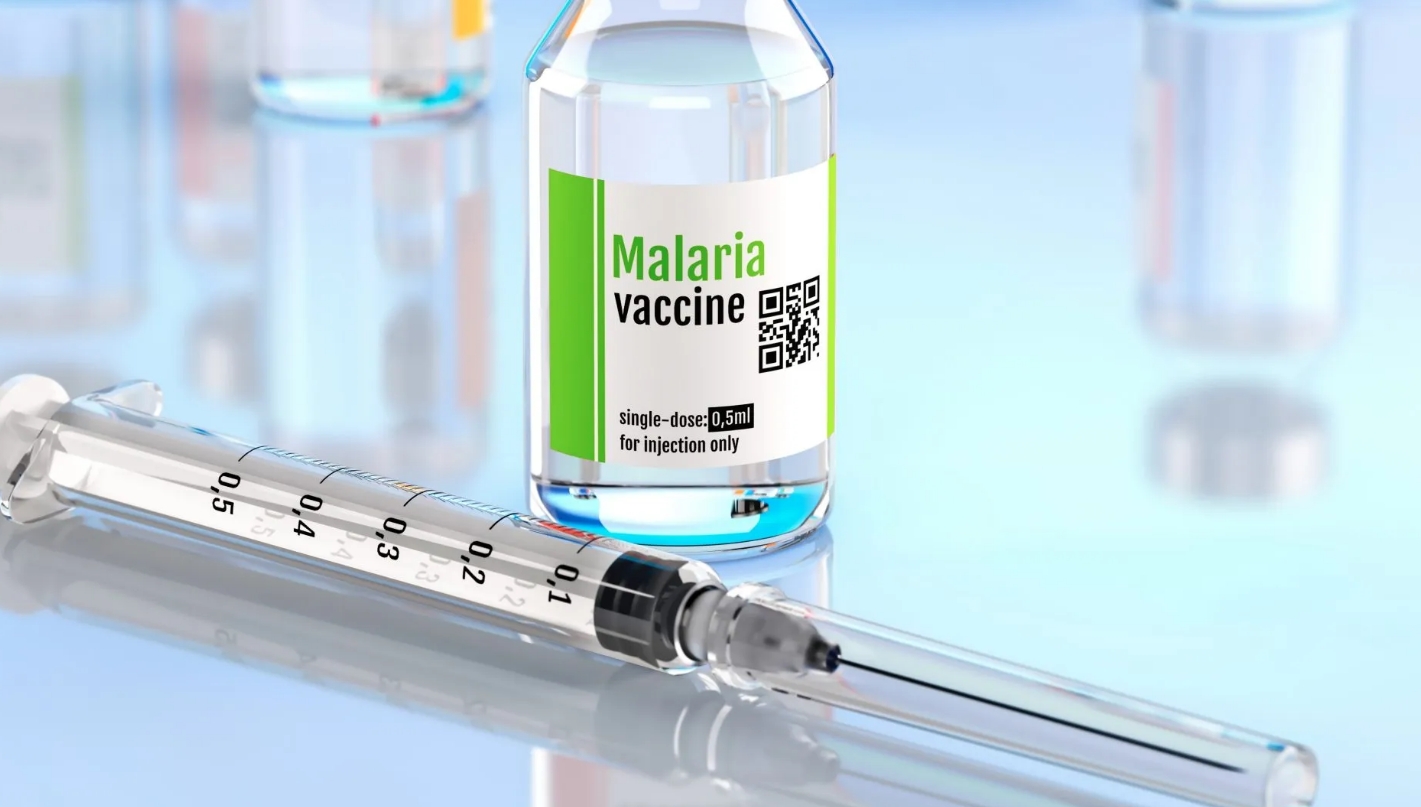Indian biopharma & malaria elimination goal- Where do we stand?
October 10, 2024 | Thursday | Views
A vaccine targeting both P. falciparum and P. vivax in all age groups and inhibits transmission will be more suitable for India’s malaria elimination goal
image credit- shutterstock
India has played a pivotal role in the development, production, and distribution of RTS,S/AS01, the world’s first malaria vaccine targeting the Plasmodium falciparum parasite, a significant global health threat.
Developed by GlaxoSmithKline (GSK) in collaboration with the PATH Malaria Vaccine Initiative, RTS,S/AS01 received World Health Organization (WHO) approval in 2021. It marked a groundbreaking advancement in malaria control, particularly for Sub-Saharan Africa, where the majority of global malaria cases occur.
India's involvement began early in the vaccine’s development, contributing significantly through its participation in clinical trials. These trials were conducted in malaria-endemic regions of the country, providing a valuable setting to test the vaccine’s efficacy across diverse environmental, genetic, and socioeconomic contexts. The data generated from these trials were crucial in establishing the vaccine’s effectiveness and safety for broader populations, supporting its approval for international use.
India’s biopharmaceutical industry also played a crucial role in scaling up the production of the RTS,S/AS01 vaccine. Renowned for its generic drug manufacturing capabilities, India has become a global hub for vaccine production, and Indian biopharma companies, particularly the Serum Institute of India (SII), have expanded capacity to meet the demand for the RTS,S/AS01 vaccine.
This is especially important for low- and middle-income countries where malaria remains a significant public health challenge. The Serum Institute’s ability to produce millions of vaccine doses at an affordable price has been a game-changer for making the RTS,S/AS01 vaccine accessible globally, particularly to malaria-endemic regions in Africa and Asia.
The R21 vaccine is the second malaria vaccine recommended by WHO, following the RTS,S/AS01 vaccine. R21/Matrix-M, developed by the University of Oxford and the Serum Institute of India, is for the prevention of malaria in children.
Earlier this year, Serum Institute of India marked a significant milestone with the shipment of its first set of R21/Matrix-M malaria vaccine to Africa.
The R21/Matrix-M malaria vaccine, developed through collaboration between the Jenner Institute at Oxford University and the Serum Institute of India leveraging by Novavax’s saponin-based adjuvant technology, received support from the European and Developing Countries Clinical Trials Partnership (EDCTP), the Wellcome Trust, and the European Investment Bank (EIB). As per reports, Serum Institute of India has manufactured 25 million doses with a capacity to scale up to 100 million doses annually.
However, reports have also revealed that approximately half of malaria burden in India is due to Plasmodium vivax, which has its own challenges and cannot be resolved with this Plasmodium falciparum vaccine. Epidemiologically, India does not have exclusive P. falciparum or P. vivax areas in the country but rather has a mix of multiple species including Plasmodium ovale and Plasmodium malariae.
The introduction of malaria vaccines, such as R21/Matrix-M, has indeed sparked renewed optimism in the global fight against malaria. But experts are of the opinion that a vaccine that may target both P. falciparum and P. vivax in all age groups and prevent transmission will be more fruitful for the malaria elimination goal.
Samika Jain, Freelancer









